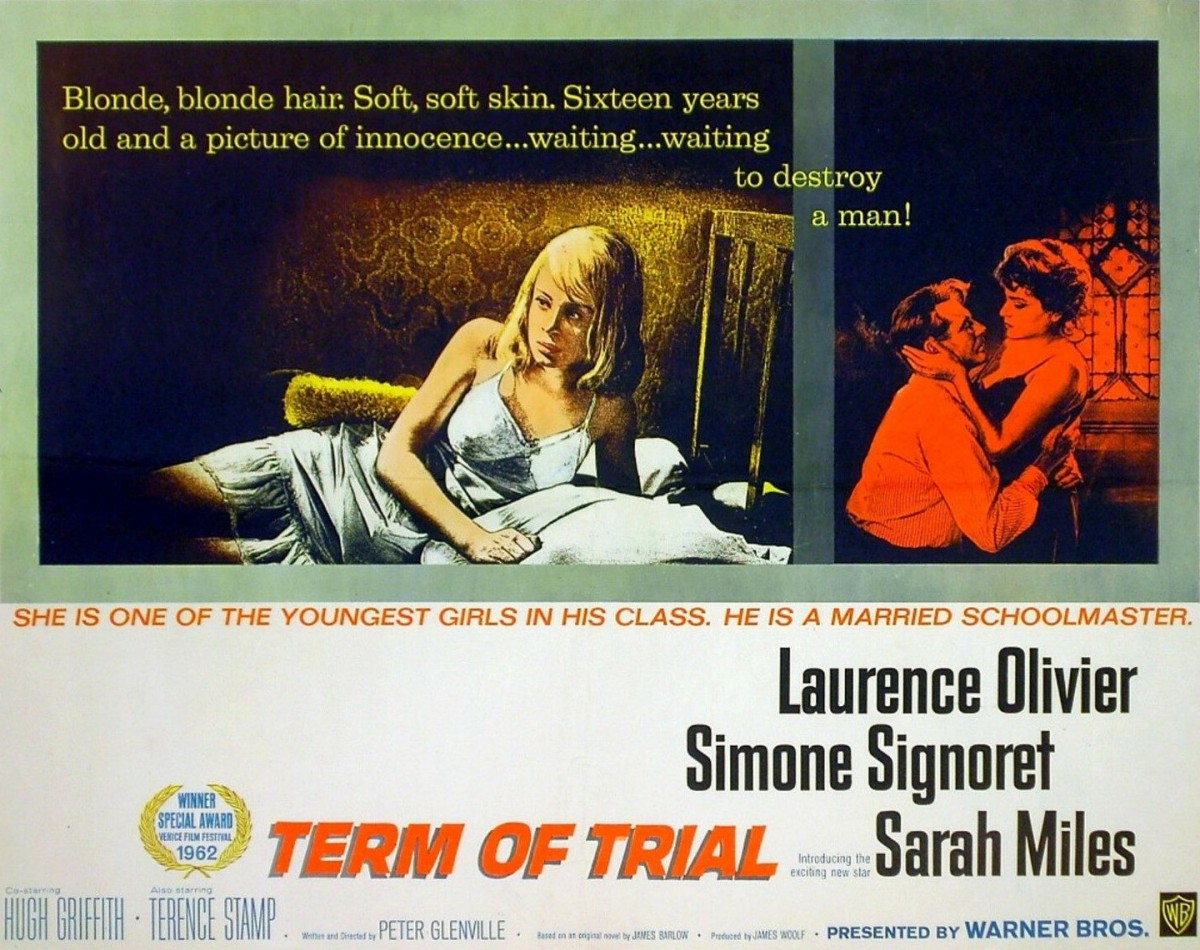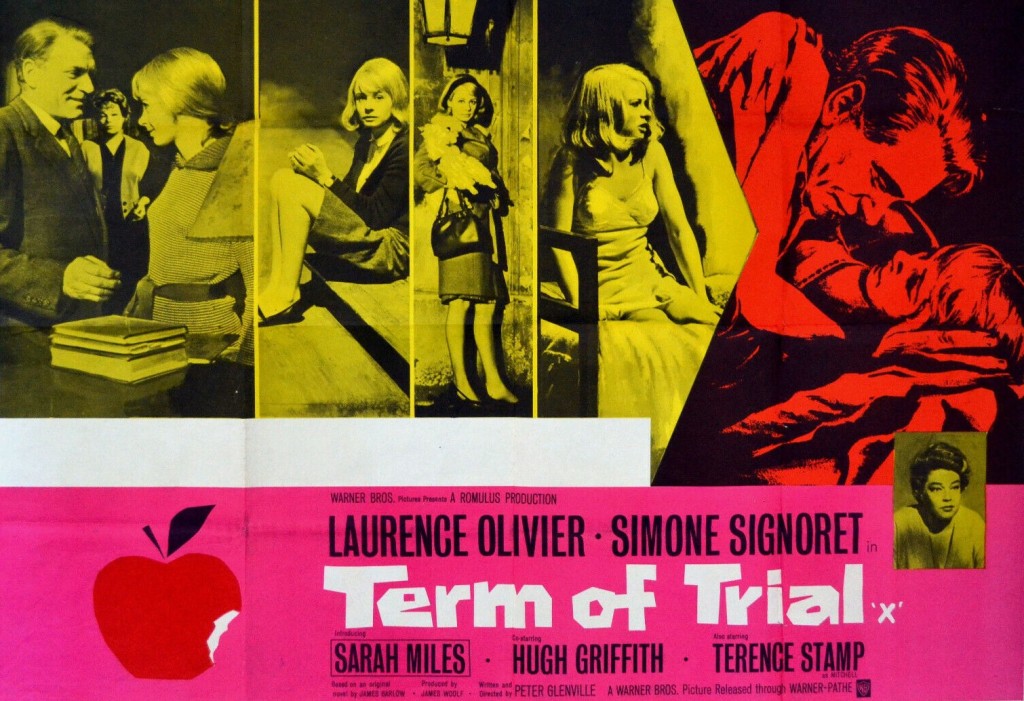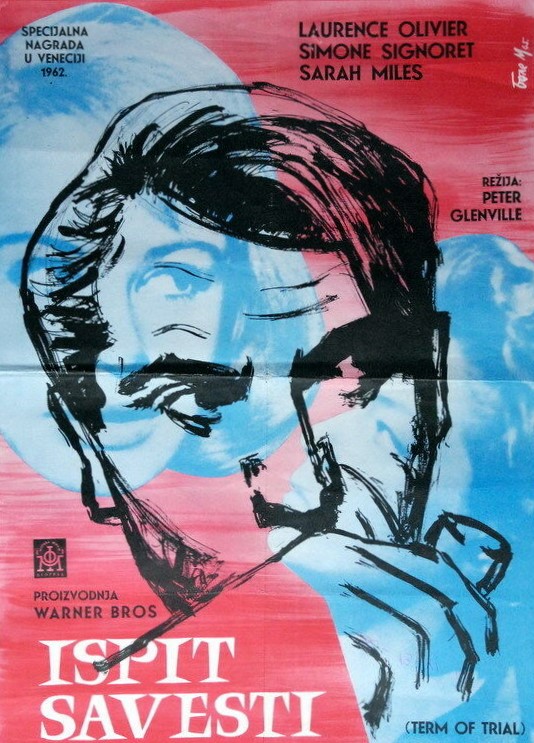Sam Fuller’s (The Naked Kiss, 1964) masterpiece, targeting every conceivable taboo subject – incest, sexual abuse, racism, the atomic bomb – under the guise, as with the later Shock Treatment (1964), of a sane man entering a mental asylum with the aim of uncovering criminality. In this case, uber-ambitious journalist Johnny Barrett (Peter Breck), with his eyes on a Pulitzer Prize, undergoes training from psychiatrist Dr Fong (Philip Ahn) to pass himself off as insane in a bid to find the killer of an inmate called Sloane.
Apparently, in those days in the U.S., incest, while viewed as sexual deviation, was also considered a mental illness. So when Barrett’s girlfriend, stripper Cathy (Constance Towers), turns up at a police station masquerading as his sister and complaining of sexual molestation, he is packed off to the nearest asylum. That he passes muster is not only down to his acting (or over-acting) but to the release of his own inner demons.

Tormented by jealousy and insecurity, he imagines Cathy, dancing as a demonic miniature in his dreams, her mouth a “lush tunnel,” will abandon him for another man or just play the field, no shortage of unsuitable suitors in her line of work. For her part, Cathy finds it hard to maintain the pretence, and clearly starts to crumble under the pressure, almost giving the game away, and soon enough almost compelled to do so after seeing the impact of incarceration – and its various treatments including electric shock therapy – upon her lover.
But what a difference a director with an agenda and a knack for stunning imagery makes. While Denis Sanders with Shock Treatment (1964) and George Englund in Signpost to Murder (1964) take the melodramatic tack to mental illness, which robs the subject matter of some of its power, Sam Fuller takes a two-fisted approach. Sure, there are shades of noir in the lighting, and the internal corruption of personality, but this is a world twisted upside down, filled with intentional and accidental malevolence, often from people who don’t know the difference.
The simmering violence can explode from a minor tiff over vitamin pills, or from the wrong man entering the female quarters at the wrong time, or from deep-seated hatred, while torture is visited upon inmates from the best of intentions as psychiatrists attempt to subdue or quell the worst instincts. Best of all is the depiction of obsession. People are only committed to an asylum because they are a danger to themselves or others, in other words when what is going on in their minds has got out of control and they can think of little else but the thoughts that consume them and are condemned to play out again and again perverse versions of reality.

So we have the patient constantly singing opera who likes to stab inmates with his hands and stuff their mouths full of chewing gum, another obsessed with hide-and-seek, a third with the Civil War, yet another who steals pillowcases in order to turn them into Ku Klux Klan masks. Mental warping renders some relatively harmless and others lethal. But there are also those with nothing left on the surface, reduced to catatonic state, arms stretched out, bodies draped over a bed or a chair, and you can guess that those who still act out will eventually end up silent, helpless and rigidly comatose.
Soon you realize, as Barrett clearly does not, the futility of attempting to carry out an investigation under these circumstances. He has three witnesses to pursue, none of whom a prosecutor would ever consider putting into the witness box in a court, and eventually of course Barrett does find the murderer – the victim killed for threatening to expose an attendant preying on female patients – but by that point his mind is so jumbled up by a combination of treatment and his own psychiatric problems that he either can’t locate the name in his memory or finds himself struck dumb and hallucinating.
When he is mauled by a pack of predatory females he can just about retain his dignity, but once he visualises water pouring in from the ceiling and almost drowns in the subsequent flood, and struck by imaginary lightning to boot, he has only a few shreds of his personality left.
This is brutal stuff and even now an incredible shock to the cinematic system so you wonder how it ever managed to get released. In retrospect, not so much an expose of the treatment methods in asylums as an insight into the power of mental illness once it exerts control on hapless humans.
You won’t forget the long corridor either empty or filled with individuals bent out of shape, or Barrett battered by torrential downpour or buried under a mob of savage women, or the African American white supremacist hunting for a victim or the agony of the outsider Cathy forced into playing this terrible game.
One of those films that creates its own visual grammar. I remember the rediscovery of Sam Fuller by the cognoscenti, a director whose work stood so far outside the accepted masters of cinema like John Ford or Sergei Eisenstein or Howard Hawks that he was the very definition of cult. Critics (Phil Hardy in 1970 and Nicholas Garnham in 1972) even had the temerity to write books about him as if he was fitting company for directors who produced acknowledged masterpieces and he was lionised, in the words of Peter Cowie, “by a posse of film commandos at the Edinburgh Films Society” who hailed him as a cinematic god.
All that acclaim, driven by the French New Wave, was hard to accept because his movies were impossible to find outside of a festival retrospective, unlikely to be screened on television and in the days before VHS and DVD just nowhere to be seen. But eventually, as the books and critical articles accumulated and the films became more readily available, the attraction was obvious.
Without much in the way of Stuart Whitman’s sensitivity in Shock Treatment, Peter Breck (The Glory Guys, 1965) delivers a stunning performance, perhaps all the more so because he is blatantly on the make at the start. There’s nobody to equal Lauren Bacall for ice-cold heart in the later film, but Constance Towers (The Naked Kiss, 1964) quivering with vulnerability runs her close. Special mention in the acting stakes for Hari Rhodes (Mirage, 1965) as Trent.
Ever the multi-hyphenate, Fuller dreamed up the whole thing.
A must see.
PREVOUSLY REVIEWED IN THE BLOG: Sam Fuller’s Underworld USA (1961) and The Naked Kiss (1964); and Constance Towers in The Naked Kiss.



